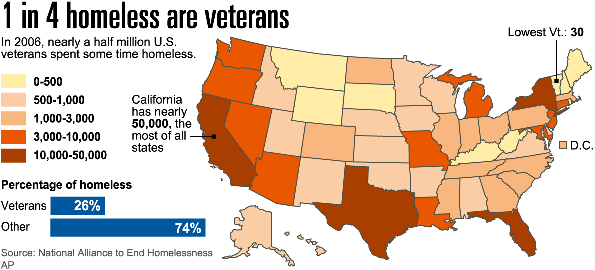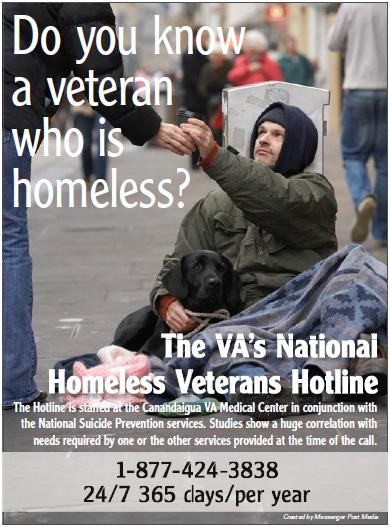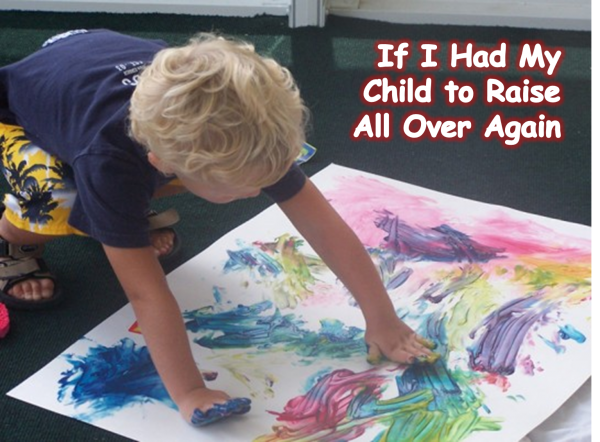The Changing of Homeless Veteran Jim Wolf

“The outer conditions of a person’s life will always be found to be harmoniously related to his inner state…Men do not attract that which they want, but that which they are.”
~ James Allen, As a Man Thinketh
Can a makeover be life changing? Yes, while it might not be a permanent change it can be as in Jim Wolf’s case a major step toward a one. For decades, US Army veteran Jim Wolf has struggled with alcoholism, poverty and homelessness. Jim recently joined with Michigan filmmaker Rob Bliss and Degage Ministeries to make this time-lapse video showing his transformational makeover.
Jim didn’t see his new look until the end of the video. His reaction is no surprise. Degage Ministries, “offers help and hope to homeless and disadvantaged individuals.”
According to Bliss and Degage Ministries, since shooting the video Jim has obtained housing and started attending Alcoholics Anonymous meetings.
Some Facts on Homeless Veterans
- Most are male with about 8% female
- Majority single and live in urban areas
- Suffer from mental illness, alcohol and/or substance abuse
- Comprise 13% of the adult homeless population
- Roughly 40% are African American or Hispanic
- Younger on average than the total veteran population
- Nearly half of homeless veterans served during the Vietnam era
- Two thirds served for at least three years
- One third were stationed in a war zone
About 1.4 million other veterans are considered at risk of homelessness due to poverty, lack of support networks, and poor living conditions in overcrowded or substandard housing.
Provided by the National Coalition for Homeless Veterans.
How Many Homeless Veterans are There?
- Estimated 62,619 veterans are homeless on any given night.
- Over the course of a year, approximately twice that many experience homelessness
- Over 7% of the general population can claim veteran status
- Nearly 13% of the homeless adult population are veterans
Approximately 12,700 veterans of Operation Enduring Freedom (OEF), Operation Iraqi Freedom (OIF) and Operation New Dawn (OND) were homeless in 2010. The number of young homeless veterans is increasing, but only constitutes 8.8% of the overall homeless veteran population.
Provided by the U.S. Department of Housing and Urban Development (HUD) .
Why are Veterans Homeless?
- In addition to the complex set of factors influencing all homelessness
- Shortage of affordable housing
- Livable income
- Access to health care
- Large numbers of displaced and at-risk veterans
- Living with lingering effects of post-traumatic stress disorder and substance abuse
- Lack of family and social support networks
- Military occupations and training are not always transferable to the civilian workforce
- Veterans at a disadvantage when competing for employment.
- Living with lingering effects of post-traumatic stress disorder and substance abuse
Doesn’t Department of Veterans Affairs (VA) take Care of Homeless Veterans?
- VA’s specialized homelessness programs provide health care to almost 150,000 homeless veterans and other services to more than 112,000 veterans.
- More than 40,000 homeless veterans receive compensation or pension benefits each month.
Since 1987, VA’s programs for homeless veterans have emphasized collaboration with community service providers to help expand services to more veterans in crisis.
Using its own resources or in partnerships with others the VA has secured nearly 15,000 residential rehabilitative and transitional beds and more than 30,000 permanent beds for homeless veterans throughout the nation. These partnerships are credited with reducing the number of homeless veterans by 70% since 2005. More information about VA homeless programs and initiatives can be found here.
What Can You Do?
- Determine the Need in Your Community. Visit with homeless veteran service providers. Contact your mayor’s office for a list of providers, or search the NCHV database.
- Involve Others. If you are not already part of an organization, align yourself with a few other people who are interested in attacking this issue.
- Participate in local homeless coalitions. Chances are, there is one in your community. If not, this could be the time to bring people together around this critical need.
- Make a donation to your local homeless veteran service provider.
- Contact your elected officials. Discuss what is being done in your community for homeless
Please commit to doing one or more of things above and show your appreciation for the service veterans have given to our nation.







